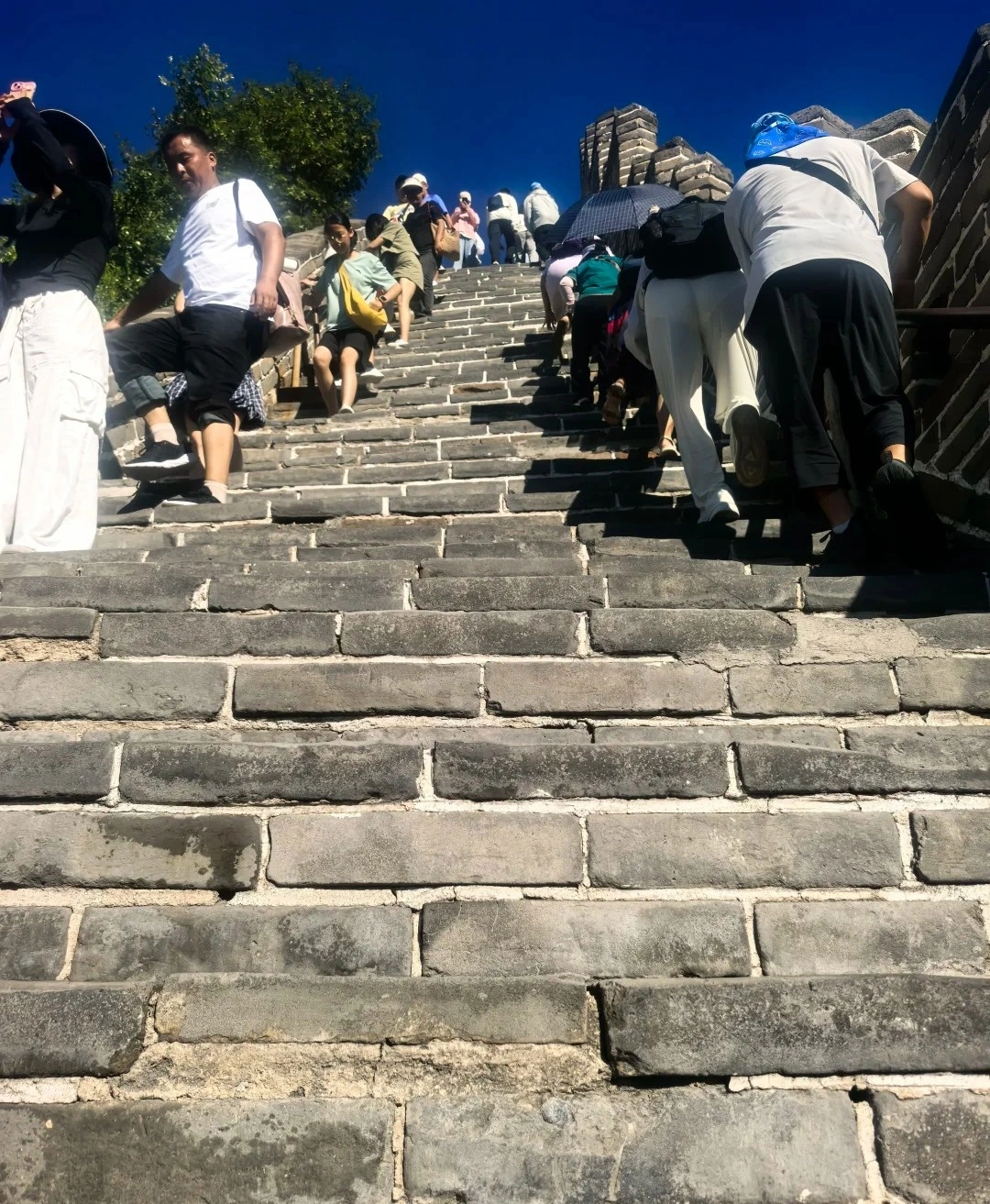Furong Ancient Town
Furong Ancient Town, nestled in the southwestern part of Hunan Province near Zhangjiajie, is a captivating destination that blends natural beauty with rich cultural heritage. Renowned for its stunning waterfalls, ancient Tujia ethnic architecture, and vibrant local traditions, the town has earned the nickname "Hometown of the Tujia people." With a history spanning over 2,000 years, Furong offers visitors a glimpse into China’s diverse ethnic culture and breathtaking landscapes.
Historical Overview
Furong Ancient Town has a storied past dating back to the Han Dynasty, when it served as a strategic trading post. Over centuries, it evolved into a thriving hub for the Tujia ethnic group, preserving their unique customs and architecture. During the Ming and Qing dynasties, the town flourished as a center for commerce and culture, leaving behind a legacy of well-preserved wooden stilt houses and cobblestone streets. Today, it stands as a living museum of Tujia heritage, attracting travelers worldwide.
Structural Layout
The town’s layout follows the natural contours of the You River, with traditional Tujia stilt houses lining its banks. These wooden structures, built without nails, feature intricate carvings and tiled roofs. A 200-meter-long corridor of stilt houses spans the river, connecting key areas of the town. At its heart lies a central square surrounded by ancestral halls, temples, and markets, reflecting the Tujia people’s communal way of life.
Major Attractions
●Furong Waterfall: A 200-meter-high cascade that plunges into the You River, creating a mesmerizing spectacle, especially during the rainy season.
●Stilt House Corridor: A picturesque walkway lined with centuries-old wooden houses, offering stunning views of the river and mountains.
●Tujia Ancestral Hall: A historic site showcasing the town’s cultural roots, with exhibits on Tujia traditions, rituals, and history.
●You River Night Scene: At dusk, the town transforms into a glowing wonderland with lanterns reflecting off the water, creating a magical ambiance.
Suggested Itineraries
Classic Route(1–2Hours)
Start at the Stilt House Corridor, stroll along the river, and visit the Tujia Ancestral Hall. End with a view of Furong Waterfall.
Highlights: Iconic stilt houses, cultural insights, and natural beauty.
Cultural Depth Route(3–4Hours)
Explore the Ancestral Hall, wander through local markets, attend a traditional Tujia dance performance, and hike to nearby viewpoints for panoramic shots.
Highlights: Immersive cultural experiences and scenic vistas.
All-Day Exploration(FullDay)
Begin with sunrise at Furong Waterfall, tour the town’s historic sites, enjoy a Tujia lunch, participate in a craft workshop, and conclude with the evening light show.
Highlights: Comprehensive cultural and natural exploration.
Ticket Purchase
●Online: Purchase tickets via official travel platforms like Ctrip or Qunar (advance booking recommended).
●On-Site: Tickets available at the entrance, but queues can be long during peak seasons.
●Prices: General Admission: ¥80–120 (varies by season). Special exhibits or performances may require additional fees.
●Free Admission: Children under 1.2m, seniors over 70, and disabled visitors with valid ID.
Transportation
●ByBus: Take a bus from Zhangjiajie Central Bus Station to Yongshun County (2–3 hours), then transfer to a local bus or taxi to Furong (30 minutes).
●ByTaxi/PrivateCar: Direct travel from Zhangjiajie to Furong takes about 2.5 hours (cost varies by vehicle type).
●Parking: Limited parking available near the town entrance (¥10–20/day); public parking in Yongshun is recommended during busy periods.
Best Time& Tips
●AvoidCrowds: Peak Hours: 10 AM–3 PM (weekends/holidays). Best Times: Early morning or late afternoon (weekdays).
●QuietestDays: Weekdays outside national holidays.
●Weather: spring (April–June) and autumn (September–November) offer mild temperatures and clear skies. Summer can be rainy but lush and green.
●Essentials: Wear comfortable shoes for cobblestone streets and stairs. Bring a light raincoat or umbrella. Respect local customs, especially during religious ceremonies. Photography is allowed, but ask permission before taking portraits of residents.
Contact Us
What Our Clients Say?
Based on 10,000+ traveler reviews














